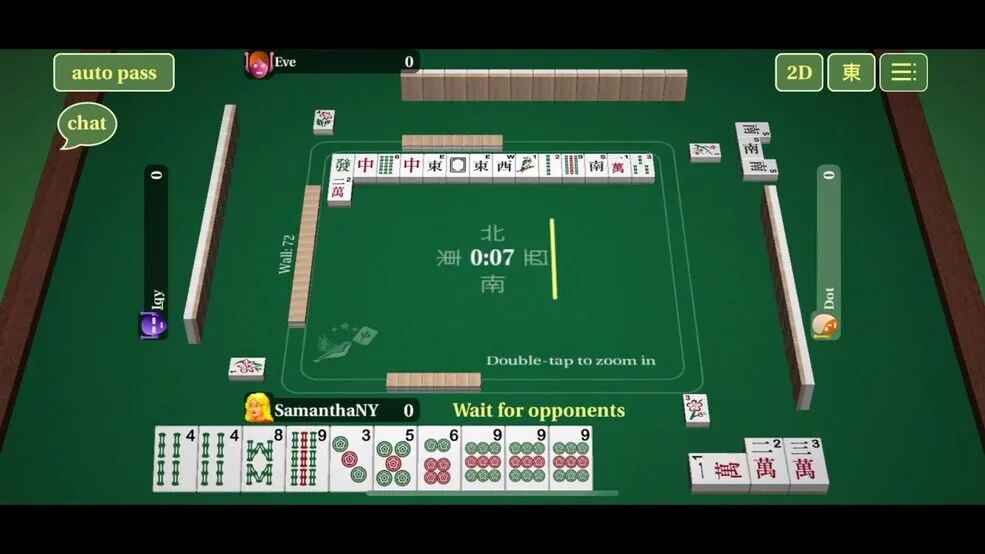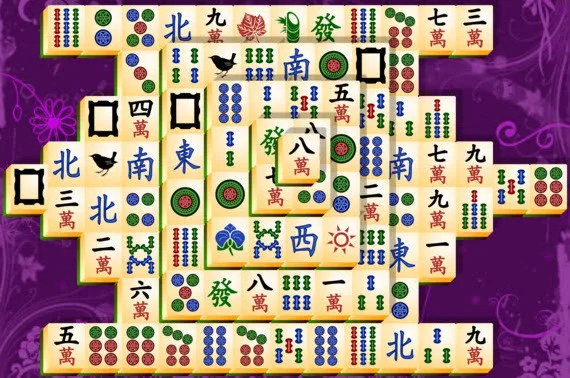Learn to Play Mahjong Solo: Rules, Tiles and Winning Tips

Mahjong solo is a captivating and strategic game that challenges players to think ahead and stay sharp. While traditionally a multiplayer game, the solo version has carved out its niche among enthusiasts who enjoy a calm, focused challenge without external competition.
This variant retains the core mechanics of Mahjong while offering a more personal experience. It’s particularly popular among online casino players seeking to improve concentration or unwind between more intense sessions at platforms like Grosvenor casino.
Where to Play Mahjong for Free and Real Money?
If you’re looking to practise your Mahjong solo skills, free online platforms offer an excellent starting point. They allow you to get familiar with tile sets, layouts, and strategies at your own pace without risking money. Many apps and browser games cater to this audience, offering solo play modes that closely replicate the real experience.
For those who enjoy the thrill of gambling, some online casinos like casino Grosvenor offer Mahjong-based games for real money. These games often include features like betting rounds or prize multipliers, adding a layer of excitement to an otherwise strategic and peaceful game.
Basic Rules of Solo Mahjong
Solo Mahjong differs from the traditional four-player version but keeps the same objective: clear the board by matching identical tiles. The game starts with a specific tile layout, usually stacked in layers. Only tiles that are not covered and have one side free can be selected.
Players remove pairs of identical, free tiles until all are matched or no further moves are possible. Some versions offer a shuffle option when stuck, but these are typically limited in number. The key is in forward planning and recognition of open paths early in the game.
Types of Mahjong Tiles
The Mahjong set used in solo play includes 144 tiles divided into several categories. Understanding these categories is essential for successful matching and deeper appreciation of the game. The main tile groups are suits, honours, and bonus tiles.
Suits include three subtypes: Characters (also called Craks), Bamboo (or Bams), and Circles (or Dots). Each suit has tiles numbered from one to nine. These are the most common tiles and appear most frequently during gameplay.
Honour tiles consist of Wind and Dragon tiles. Wind tiles represent the four cardinal directions—East, South, West, and North—while Dragon tiles come in Red, Green, and White varieties. These tiles often carry higher value in traditional Mahjong but serve as aesthetic and strategic elements in solo play.
Bonus tiles are Flowers and Seasons. These are not used in every solo Mahjong version and usually appear in themed variations. When drawn, they are typically set aside for points or game bonuses rather than being matched.

Mahjong Tile Combinations
Even in solo versions, understanding classic tile combinations can enhance your strategy. In traditional play, tiles are arranged into four sets and one pair, forming a complete winning hand. While this isn’t necessary in solo Mahjong, recognising these sets helps identify potential pairings faster.
Pungs are three identical tiles, while Kongs are four of the same. These can be visually distinguished and used to your advantage when assessing the board. Chows consist of three consecutive numbers from the same suit, though less relevant in tile-matching versions.
Pairs are two identical tiles and are the foundation of every match in solo Mahjong. Your primary goal in each session is to identify and eliminate all pairs efficiently, keeping track of which categories you’ve depleted.
Though not directly applicable in solo play, recognising patterns such as mixed triple chows or all-honour hands adds depth to your understanding. This knowledge proves valuable if you transition to multiplayer games later.
Mahjong Gameplay Explained
Gameplay in solo Mahjong begins with a pre-arranged tile layout. The most iconic shape is the “turtle,” though other patterns like pyramids or dragons are also common. You begin by scanning the board for accessible pairs—these are tiles not covered and with one long edge exposed.
As you remove pairs, more tiles become available. The key is not just to match what’s obvious but to think several steps ahead. A pair that seems available now may block access to four other critical tiles. Strategic foresight, not speed, is the route to consistent success in solo Mahjong at casino Grosvenor.
How to Win at Solo Mahjong?
Winning in solo Mahjong is about consistency, patience, and a sharp eye for patterns.
- Start with tiles at the top and edges
- Use undo and shuffle sparingly
- Track tile groups you’ve already cleared
- Avoid removing pairs that don’t unlock others
- Play regularly to improve pattern recognition
With practise, you’ll develop a rhythm and intuition for clearing boards efficiently. Platforms like Grosvenor casino are great places to test and refine your skills as you progress.
